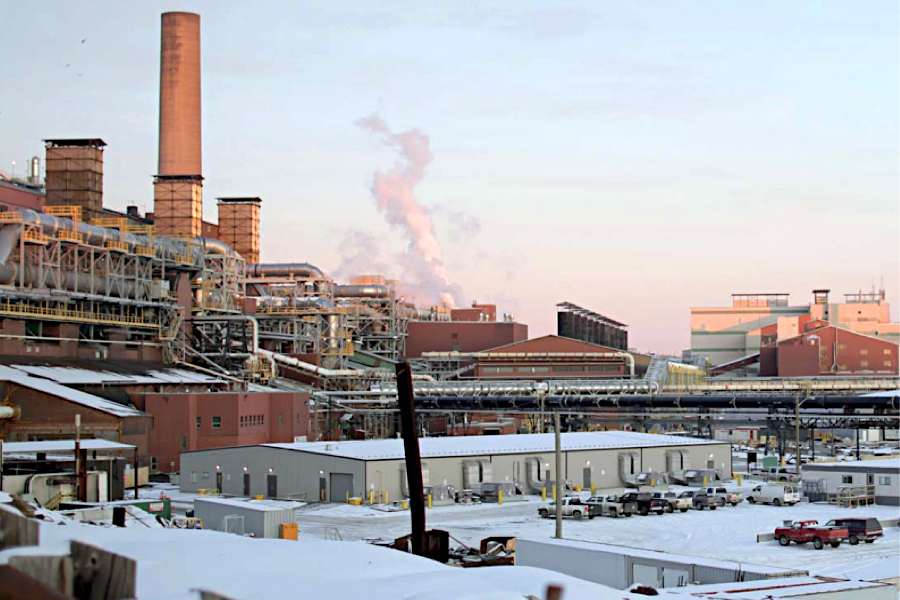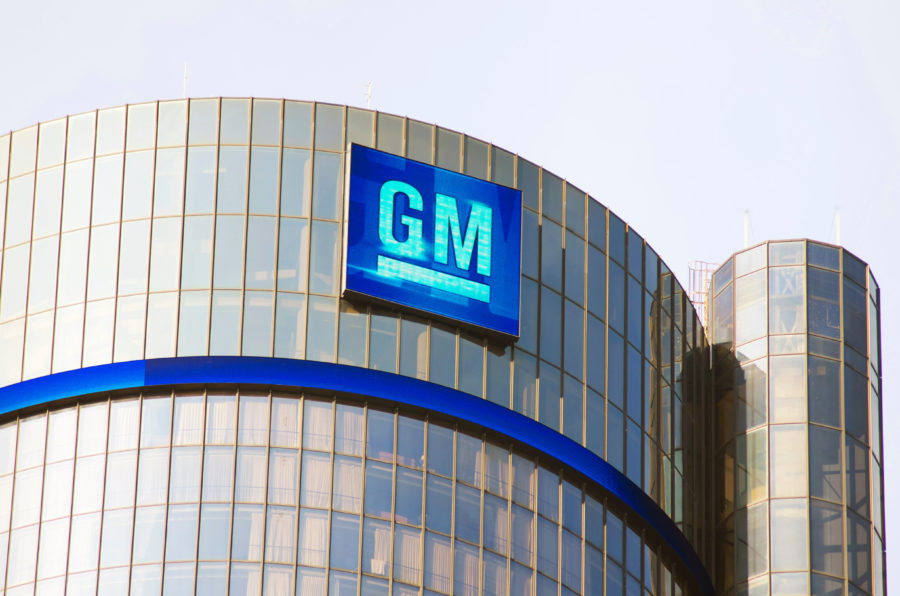Vale turns to artificial intelligence for exploration at Coleman nickel mine

Brazil’s Vale (NYSE: VALE) will begin applying artificial intelligence (AI) and machine learning to identify new drilling targets at its Coleman nickel mine, which is part of base metals operations in Ontario, Canada.
The company, the world’s largest nickel producer, expects GoldSpot Discoveries (TSX-V: SPOT) to examine the vast amount of data that Vale has accumulated over decades of mining at Coleman and look for previously unrecognized data trends, which may point to unknown areas of deep mineralization.
GoldSpot will examine data gathered by Vale over decades of mining and look for previously unrecognized trends
In order to minimize the initial investment, mining companies need to be very precise about where and how they dig. By employing GoldSpot to deploy machine learning into near-mine mineral exploration, Vale is expected to minimize spending and exploration risks.
“Being part of the digital transformation of one of the world’s leading diversified miners is an incredible opportunity for our company,” Denis Laviolette, president and chief executive of GoldSpot, said in a statement.
Through the use of pattern matching, predictive analytics, and even computer vision systems that can process map and geological data, AI applied to mining can help analyze vast quantities of data to better predict where to find better resources. With improved estimates comes better planning and a better return on investment.
GoldSpot has already helped both operating and juniors miners, such as Gran Colombia Gold (TSX: GCM), identify new targets.
More News
GM signs rare earth magnet deal with Noveon Magnetics
Noveon said the magnet deliveries to GM began in July.
August 06, 2025 | 12:38 pm
{{ commodity.name }}
{{ post.title }}
{{ post.date }}

2 Comments
Dave
How does AI and machine learning find better resources? I thought the idea was to find new resources?
SC Muller, PGeo
Trend analysis is no substitute for geologic expertise. It is just one of many tools and often is incorrect. Understanding the integrity of data and prior interpretations cannot yet be AI unless of course your selling your product to one with AI…